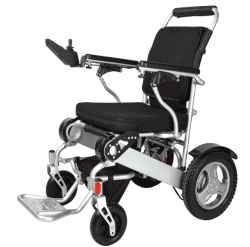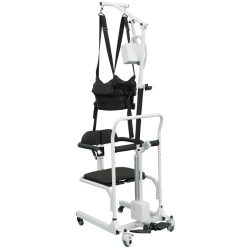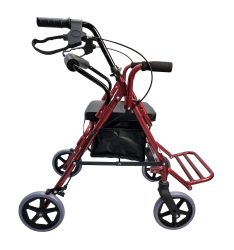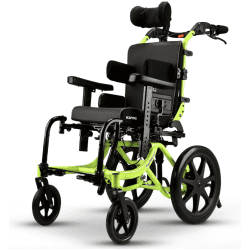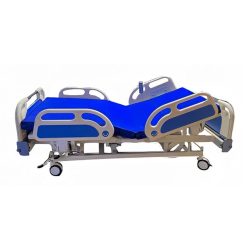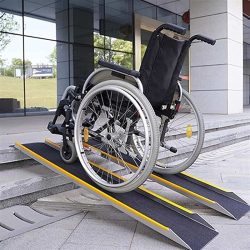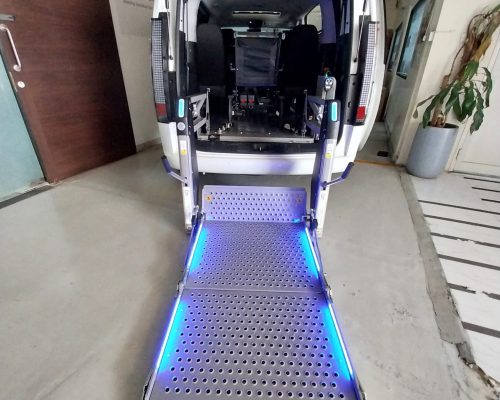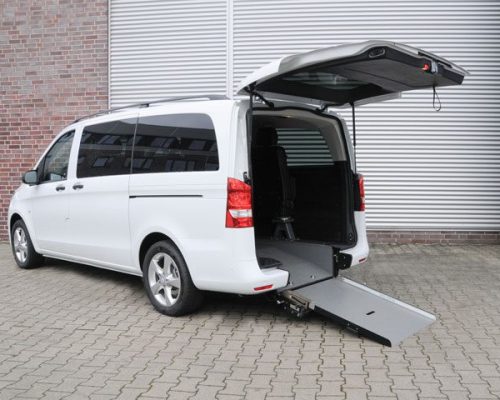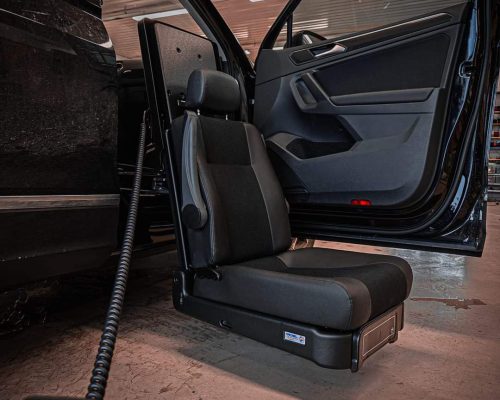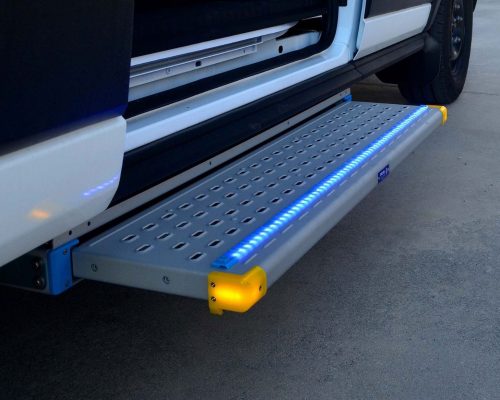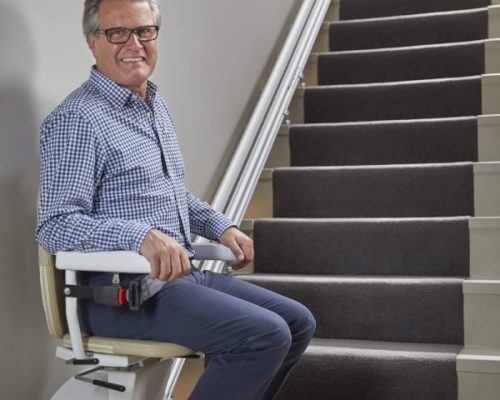How To Measure For A Wheelchair

Table of Contents
ToggleWhether buying or renting a wheelchair, the most crucial factor is getting proper measurements. The right fit makes a huge difference in both your mobility and overall comfort. Fortunately, it only takes some simple measurements to ensure your new wheelchair will be just right for you. In this blog post, we’ll provide step-by-step instructions on how to measure for a wheelchair so that you can make confident purchasing decisions!
Wheelchair Sizing Guideline
These standards apply to both manual and electric wheelchairs.
Hip Width/Seat Width
If you want your hips and pelvis to stay in place, you must have the appropriate dimensions. For optimal comfort in both sitting and maneuvering, the wheelchair should be as compact as feasible. Take a horizontal measurement from the person’s hips to the inner side of their knees, and subtract two inches, preventing the seat’s border from poking into the person’s back along their knees.
If you want to know how wide a seat you need, measure the user’s broadest part. This is often measured from one hip to the other. Measuring around the hips is a better option than the thighs usually.
Thigh Length / Seat Depth
When the dimensions of a chair’s seat and back are just right, the user will be comfortable and secure in their seat without the risk of slipping off. Thigh length is determined by gauging the distance between the back of the knee and the inside of the thigh. Following that, a space of roughly 30 mm, or two finger widths, is taken away so that the lower leg does not rest on the front of the seat pad.
A few extra centimeters are taken off if the chair is meant to be pushed with the feet. Always use the shorter leg if the two legs are of different lengths when taking measures. It’s vital to ensure that the person’s leg doesn’t bump up against the padding of the seat or the frame if they have a deformed knee.
For Bariatric/Obese Users
It’s important to remember that a big individual’s buttocks will likely stick out somewhat laterally beyond the vertical line connecting their shoulder blades when measuring the seat depth. The rear of the wheelchair has to be adjusted such that it is in front of the individual’s buttocks to give sufficient assistance for the individual’s back. Wheelchairs need room in their back supports to offer enough seat depth and postural stability. It’s advised that you use straps that can be adjusted.
Back Height
When selecting a high-quality wheelchair, it’s essential to consider the wheelchair’s back height measurement. Backrest height is measured from the seat to the highest point of the shoulder blade, which can vary depending on the individual’s body proportions. Therefore, it’s crucial to have a wheelchair that offers multiple back cushion options with backrest heights ranging from 400 mm to 600 mm.
To ensure an optimal fit, good-quality wheelchairs provide adjustable back cushions that utilize Velcro fasteners. This allows for individual height adjustment, better fitting the user’s unique needs. It’s important to note that if the wheelchair user must use their arms to maneuver the chair, the back cushion can’t obstruct movement in the shoulder and arm area.
Using the correct backrest height offers several benefits to overall comfort and support. Maintaining a correct backrest height reduces unnecessary stress on the user’s spine and helps to prevent improper posture. Additionally, well-designed back cushions provide ample space for arm movements, further increasing the user’s mobility and independence.
Investing in a high-quality wheelchair with a properly adjusted backrest height can significantly impact the user’s long-term health and well-being. With adjustable back cushions, proper support, and increased mobility, wheelchair users can experience increased comfort and ease of movement during their daily activities.
Arm Rest Height
Long durations of sitting increase stress on the back’s muscles, making it necessary to take frequent breaks to stretch them out. The right height of the armrest ensures a comfortable and adjustable sitting posture.
The height is taken from where the elbow bends to where the crest of the padding on the seat is located. Don’t tighten up; let your arm drop loosely at your side. Since arms often rest somewhat forward and allow the shoulders to relax, this length should be increased by 50 mm to provide comfortable arm stability.
Trunk Width
The horizontal shoulder-blade-tip measurement is used to determine the trunk width. This parameter is used to figure out the appropriate spacing for the back pad’s built-in side stabilizers. The aim is complete trunk stability. The risk of pressure ulcers is increased if the trunk width is made too thin. If there is greater than thirty mm on each side of the trunk, supported by the side, a back wedge should be used to provide equilibrium. This is how to measure wheelchair width.
Footrest Length
Do not bother if the wheelchair operator drives with their feet and does not require a footrest. Nevertheless, most people who use wheelchairs also have access to a footrest. You should use the exact measurement of the person’s leg length you used to determine the appropriate seat height to decide the size of the footrest. However, it must end within about inches of the floor to avoid contact.
Camber
This is the degree to which your huge back tires will be turned forward. The average wheelchair measurement form camber on a wheelchair is 3 degrees, whereas some professional athletes utilize seats with as much as twelve degrees of camber.
Hanger Angle
The footrest, and hence the distance between the feet and the torso, is set by this angle. Those who have trouble maintaining their knees at a right angle (90 degrees) to the ground when sitting may find a more comfortable angle (60 to 80 degrees) with respect to the ground and the apex of the seat, allowing the soles of their feet to be farther from the chair.
Weight Considerations
There is a maximum weight that a wheelchair can safely support. Determine the person’s weight to ensure they sit in a wheelchair with ample assistance. Some wheelchair users prefer to drive in a standard vehicle seat, so they fold up their chairs and bring them along for the ride.
Many persons who are disabled and use wheelchairs are yet fully capable of operating an electric vehicle. Consider the individual’s upper body strength while you explore wheelchairs. Wheelchairs should be lighter for those with less power. Typically wheelchairs have a weight limit of about 250 or 300 pounds, so heavier users may need to research options like bariatric wheelchairs.
Tips on Taking Exact Wheelchair Dimensions
Now that you know what wheelchair measurements must be satisfied, consider these guidelines for further precision:
- Check using rigid tape. Fabric tape measures are more prone to sag and distort when they wrap around a person’s body.
- The 90-90-90 rule is a helpful benchmark. The optimal sitting posture, while not pushing, for wheelchair users with strong trunk support and minimal postural difficulties should flex their hips, knees, and ankles to 90 degrees at the right angle.
Conclusion
The size of a wheelchair relies primarily on accurately taken measurements. Don’t expect a custom fit if your dimensions are wrong. In the long run, this may cause issues with posture, pressure sores, and wheelchair management. When doing a size evaluation with a wheelchair size calculator, having the user adhere to these standard wheelchair measurements can be helpful. But, of course, there are always exceptions to the guidelines!

